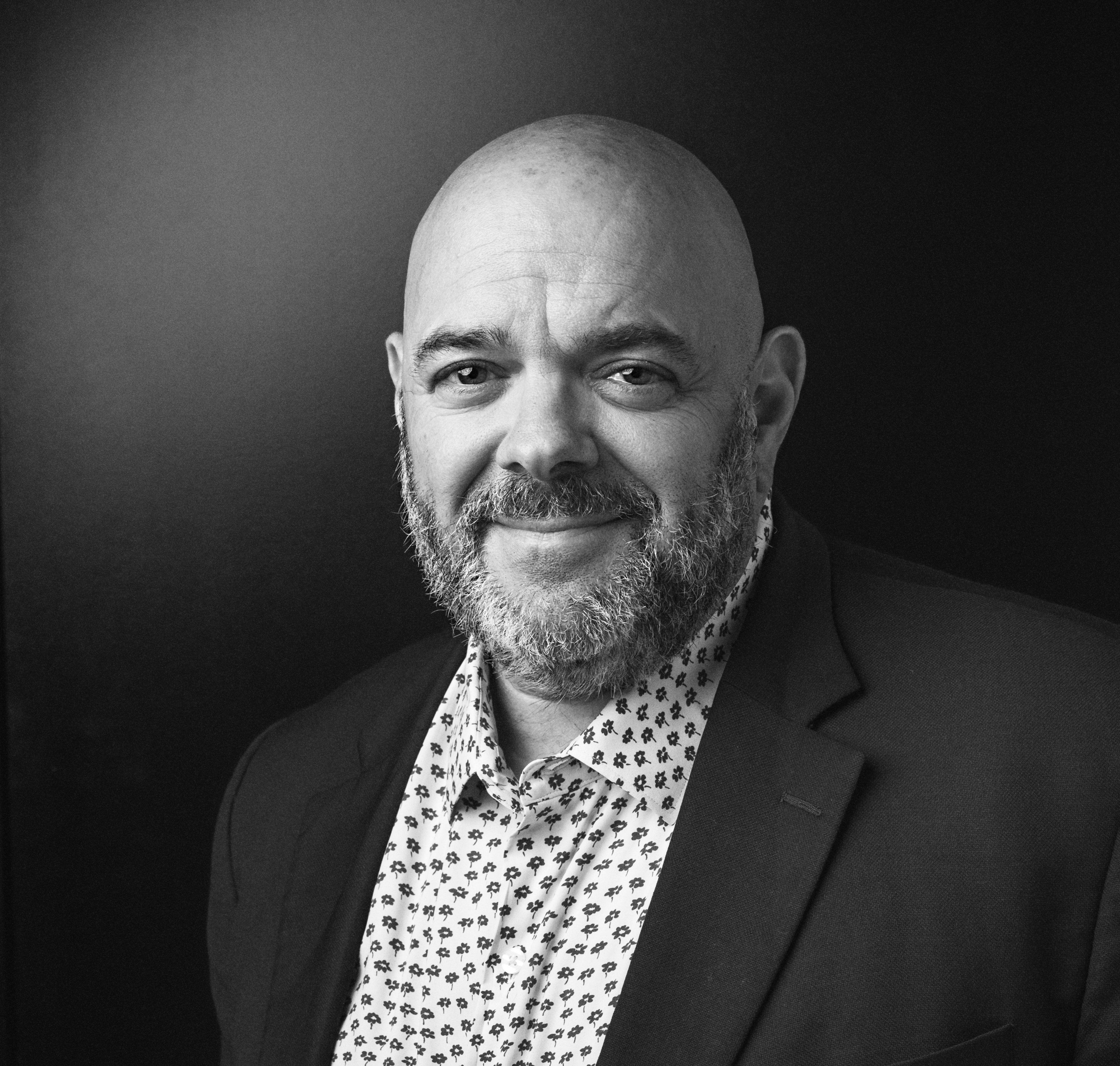3 Tips for Next-Level WFH Collaboration
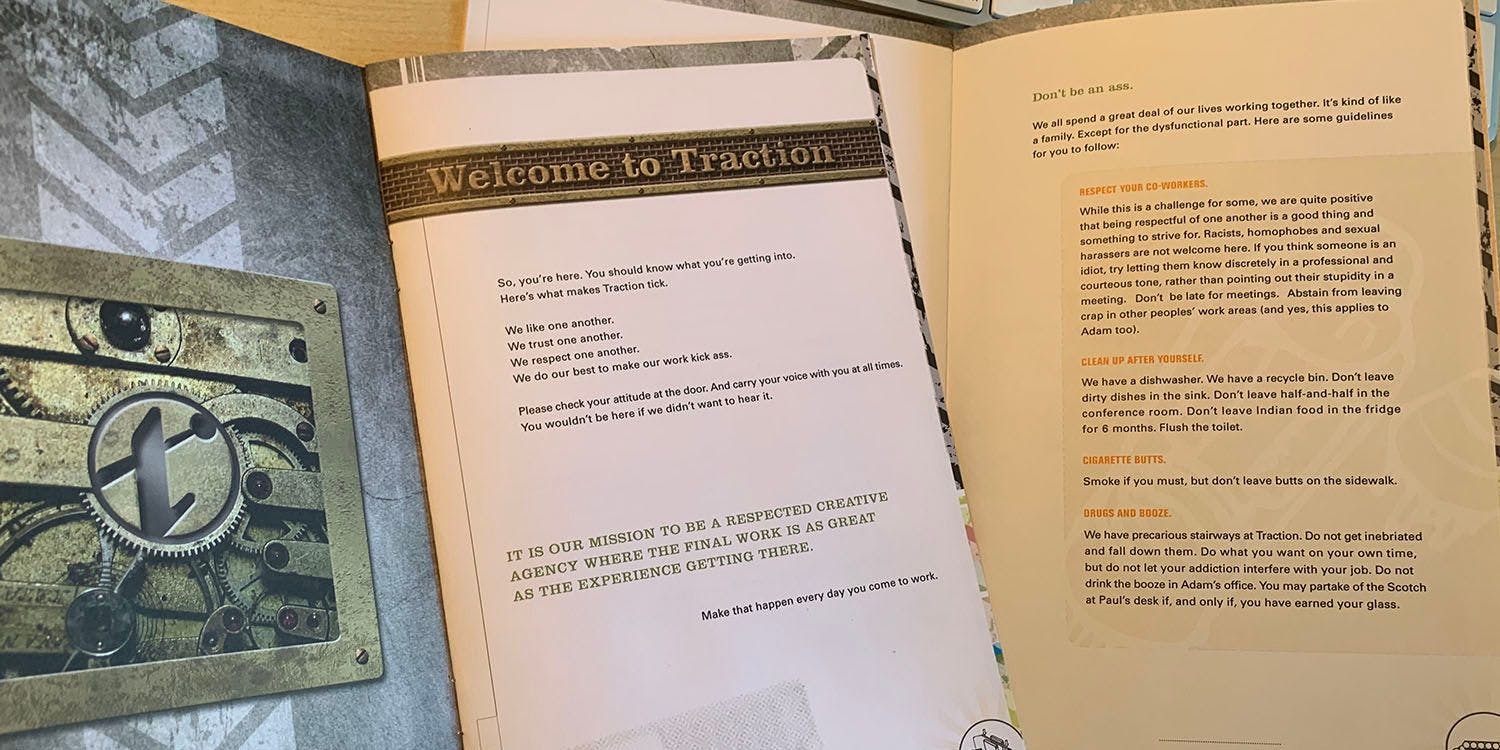
By Adam Kleinberg
Since making the decision to go 100% remote as a business, Traction is producing quality work faster than ever before.
Last Friday, Traction's Senior Account Director, Kristen Bergman, and I were honored to be invited to speak on "Next-Level Collaboration in the Cloud" at the WFH Virtual Conference.
In this presentation, we discussed what brands need to consider before they embrace a permanently remote workforce, how to preserve the most important aspects of your culture, and how to use the right tools in the right ways to turbocharge your business.
Thinking about making WFH a permanent part of your business? Here are a few things you should consider.
Define your business opportunity
You, like all of us, have all been thrust into working from home because of COVID. Your team got used to using Zoom. You were surprised by just how productive your team continued to be while working from home. Your CFO is licking their chops at the prospect of removing rent from the P&L. Does that mean a move to a 100% remote workforce makes sense?
Maybe not. There are tremendous advantages to embracing remote work, but savings does not equate to strategic advantage. Great business opportunities are not discovered by following the pack. They lie at the intersection of what you are great at and what problem you can solve. Only once you understand your business opportunity, can you answer the question "How will I take advantage of that opportunity?" The answer to how you structure your workforce—whether that's 100% remote or otherwise—should be a means to an end.
For Traction, we made the decision a year ago, before the pandemic, to move to a remote workforce. We knew what we did great—create amazing brand experiences. We knew that more and more, clients were building in-house teams, that those teams needed help delivering great brand experiences at the speed their customers live. In fact, our most successful client relationships were ones where we were bringing subject matter expertise and working as an extension of in-house marketing teams. We even embedded teams onsite with clients when that made sense. That was Traction's opportunity. How could we take advantage of it?
For us, the strategic decision was to pivot from being an agency to a consultancy designed to support in-house marketing teams. Working remotely was one key aspect of how we intended to execute that new model. Many of our teams are embedded onsite with clients, so that removed the need for us to have a physicial office for them. We also maintain a deep bench of subject matter experts across the country that collaborate on work for our clients. In both cases, being remote allows us to better address our identified business opportunity: helping in-house teams design and deliver great brand experiences at the speed and quality they need them.
We're thrilled that Traction has divested itself of our office space. Working remotely has taken what we already do well and supercharged our ability to solve real problems for our customers. It was a strategic decision—and it's paying off. We've added half a dozen clients to our roster in 2020 despite the pandemic and expanded existing client relationships as well. Before you commit to a similar choice, make sure you're being strategic too.
Become a culture conservationist
Here's the hard truth. Moving to a remote workforce model is going to have impacts on your culture. There are likely a ton of little things that happen every in your office that make you the company you are. Does your team put their dishes in the dishwasher or leave them in the sink? Do meetings start on time, end on time, and have an agenda? Do managers walk the halls and say good morning to their teams every day? In between the nooks and cranny's of product and process is the fiber of your corporate being—that's your culture.
Make sure to make the effort to recognize it, document it, and conserve the essence of it.
The image at the top of this post is from a Traction Employee Handbook I stayed up until 4:30am writing one night about seventeen years ago. For many years, we handed it out to every new member of the team at Traction. While we no longer need the instructions about loading the dishwasher, anyone who reads this will understand pretty quickly that:
- We care about doing great work.
- We care about having a great experience while we do it.
- We care about treating one another with respect.
- We don't take ourselves too seriously.
Those are elements of our culture that we're striving to maintain as we forge our new path. It informs who we hire, how we manage teams, collaborate on projects, and celebrate our successes. The artifacts that bring your culture to life may change from birthday bagels once a month to happy half hours on Zoom every other week, but the intention remains the same.
Use the right tools—in the right ways
As always, one of the basic rules of business is that people need the tools to do the job. This spans all the way from the basics—Traction had to develop a policy for how we're making sure people have the equipment they need for a comfortable home office—to defining your collaboration stack. This is ours at Traction:
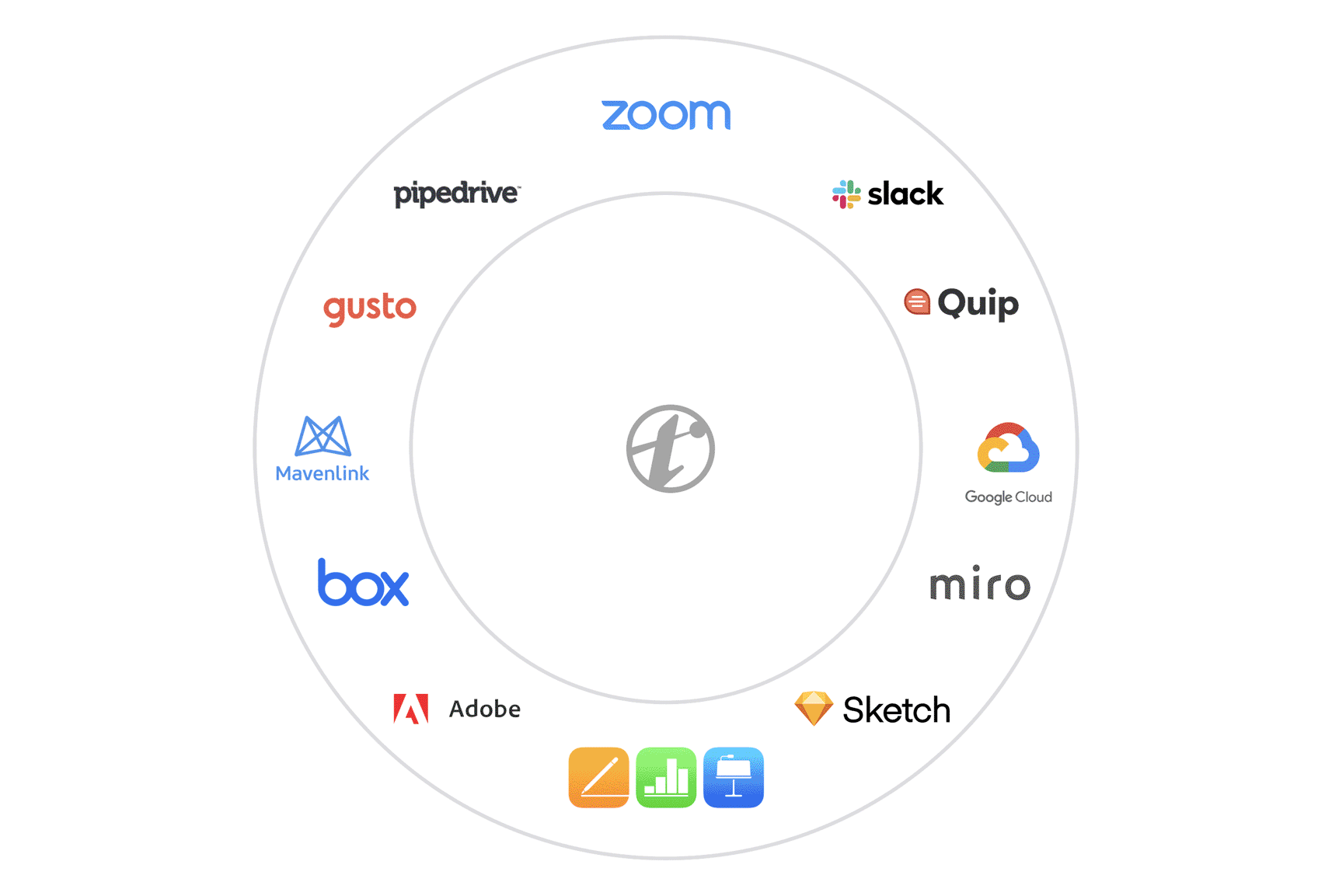
But if you want to get to that next level of supercharged productivity and collaboration, it's not enough to have the right tools. You have to use them in the right ways.
By having defined ways of working within specific toolsets, you can really accelerate your team's ability to get effective work done fast. For instance, Traction has a framework for brand storytelling we use that we call our "Human-Centered Brand Narrative." It defines the questions we believe need to be answered for us to create a compelling brand narrative that can practically be leveraged in customer-facing messaging.
When Arrcus , a hyperscale networking company that is disrupting Cisco, Arista and Juniper in the networking space, came to us earlier this year, not only did we had the right tools in place, we had the right ways of using them defined. For instance, we use Miro as an online collaboration tool and love their ability to create mindmaps that team members can edit. We structured a mindmap around the questions in our Human-Centered Brand Narrative framework, conducted stakeholder interviews taking notes in Google Docs, and then organized all of the learnings on the mind map like post-it notes on a wall.
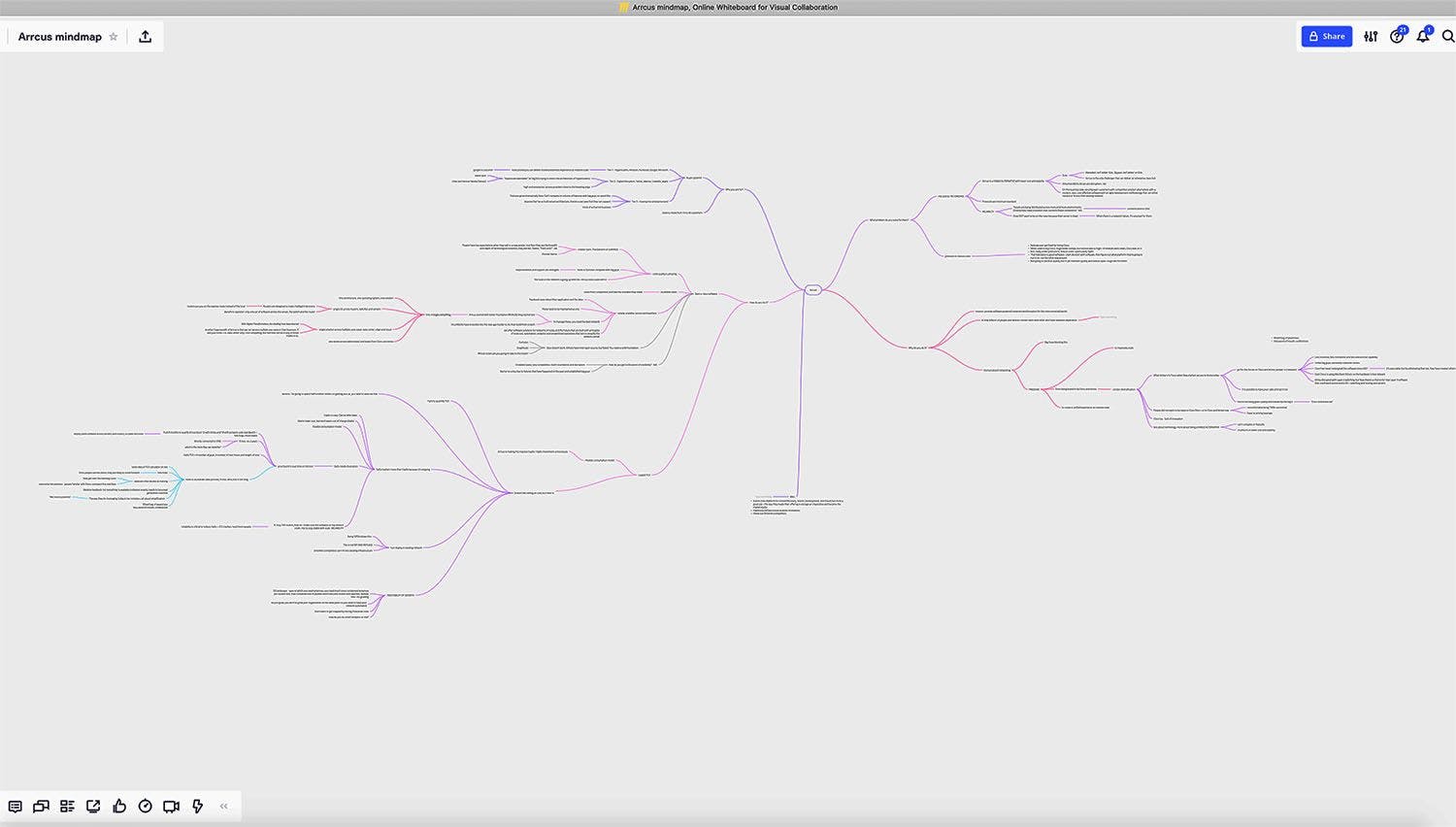
This allowed our team to quickly recognize patterns in what we were hearing from their team and craft a brand narrative in record time. The net result was that we went from kick-off to stakeholder interviews to positioning and messaging to copy to rolling out the narrative on their homepage and about us page in 3 weeks.
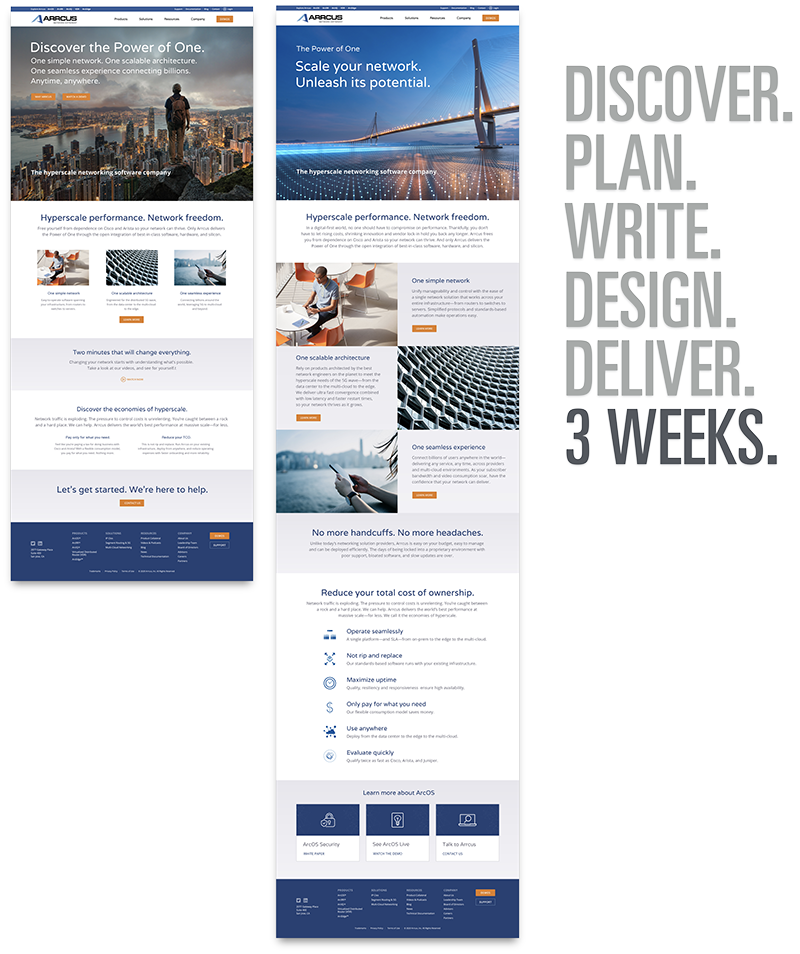
This is not an anomaly. Our team just designed an entire software platform for another enterprise client in eight weeks. This is not to say that I recommend you crunch every project into a crazy timeline.
But I am saying that there's no way we could have done either of these projects without established ways of working using the right tools in the right ways .
Combine those ways of working with a powerful culture and a great problem to help your customers solve better with a remote workforce and you're on your way to next-level WFH collaboration.

We’re thrilled to announce that Traction has reinvented itself.
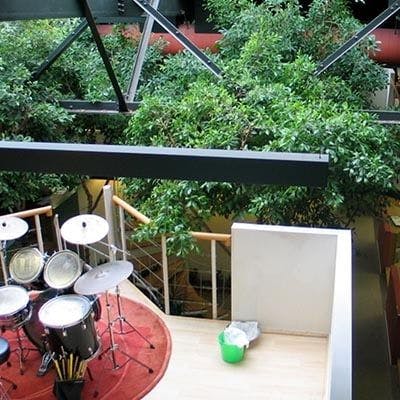
Traction was featured today as the lead story on the home page of AdAge.com after we announced that we are moving to a 100% remote workforce.
Yesterday, leaders from Audi, Kellogg, FabFitFun, CMRA, Saxx Underwear and Applegate Farms joined us for a conversation about how brands can navigate purpose, politics and disruption.
